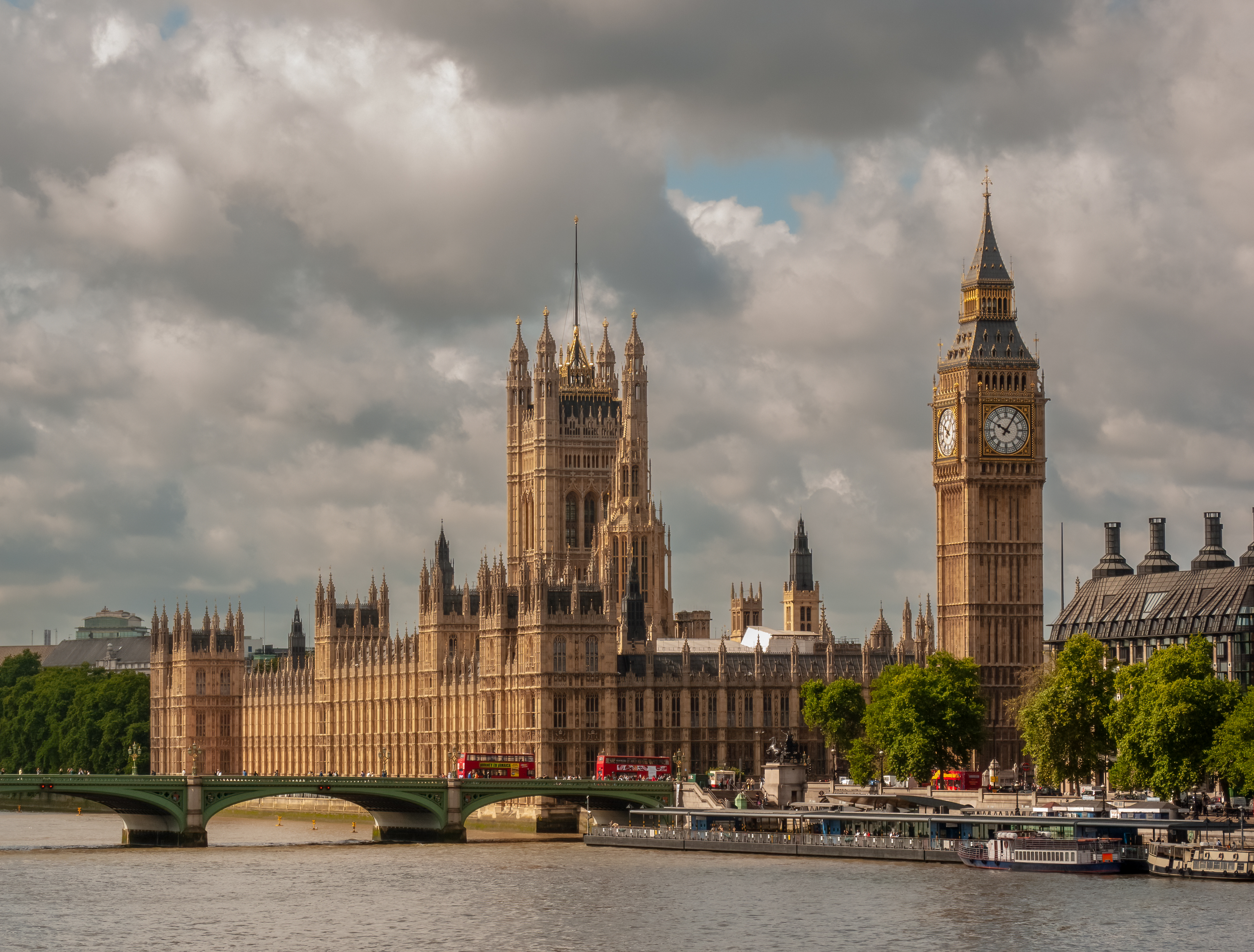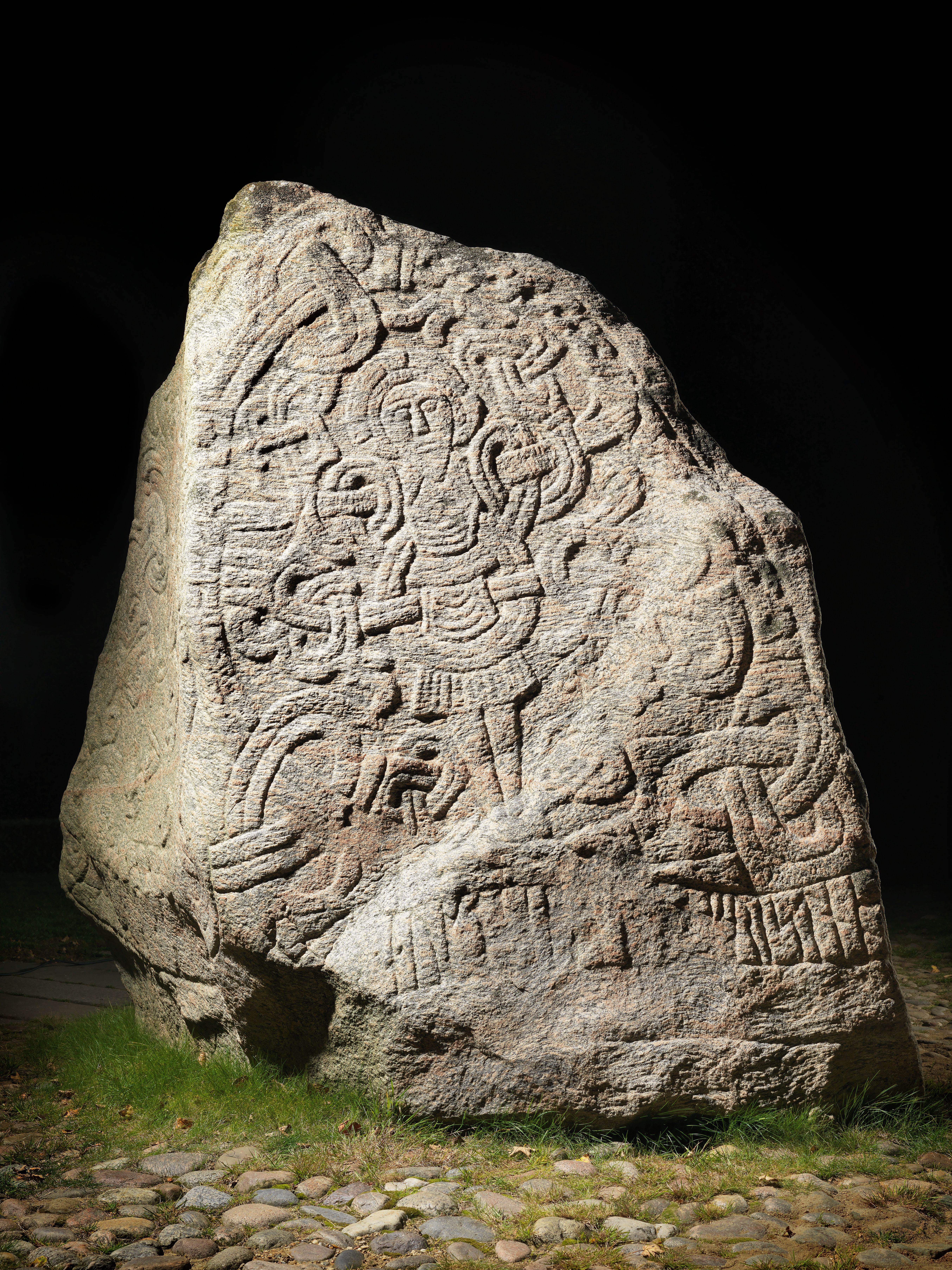|
Lögrétta
The Court of Legislature ( , "law-right") was a legislature and high court established in Iceland in the year 930 during the period of the Icelandic Commonwealth. 930 – c. 965 It was an institution of Althing, the nation's legislative and judicial authority. There was no executive power in the country at the time. After the country had been divided into four quarters around 965, four courts called quarter courts were established for each of them at Althing and thus took over the judicial responsibilities of the Court of Legislature. c. 1262 – 1563 Approximately 1015 a high court called the Fifth Court was established to hear cases left unsettled by the quarter courts. When the Commonwealth came to an end and Icelanders submitted to the authority of the Norwegian king in 1262 the Court of Legislature regained its judicial functions, as the Fifth Court and quarter courts were abolished, and retained some legislative authority. The Court of Legislature served as a high court ... [...More Info...] [...Related Items...] OR: [Wikipedia] [Google] [Baidu] |
Althing
The (; ), anglicised as Althingi or Althing, is the Parliamentary sovereignty, supreme Parliament, national parliament of Iceland. It is the oldest surviving parliament in the world. The Althing was founded in 930 at ('Thing (assembly), thing fields' or 'assembly fields'), about east of what later became the country's capital, Reykjavík. After Iceland's union with Norway in 1262, the Althing lost its legislative power, which was not restored until 1904 when Iceland gained home rule from Denmark. For 641 years, the Althing did not serve as the parliament of Iceland; ultimate power rested with the Norwegian, and subsequently the Danish throne. Even after Iceland's union with Norway in 1262, the Althing still held its sessions at until 1800, when it was discontinued. It was restored in 1844 by royal decree and moved to Reykjavík. The restored Unicameralism, unicameral legislature first came together in 1845 and after 1874 operated in Bicameralism, two chambers with an addition ... [...More Info...] [...Related Items...] OR: [Wikipedia] [Google] [Baidu] |
Icelandic Commonwealth
The Icelandic Commonwealth, also known as the Icelandic Free State, was the political unit existing in Iceland between the establishment of the Althing () in 930 and the pledge of fealty to the Norwegian king with the Old Covenant in 1262. With the probable exception of hermitic Irish monks known as Papar, Iceland was an uninhabited island until around 874. The Icelandic Commonwealth had a unique political system whereby chieftains (''goðar'') established a common legal code and settled judicial disputes at the Althing, a national assembly. However, there was no executive body in Iceland that enforced the legal code. The Icelandic Commonwealth has consequently been characterized as a stateless society. During the 13th century, Iceland came under the control of the Kingdom of Norway. Goðorð system The medieval Icelandic state had a unique judicial structure. The first settlers of Iceland were greatly influenced by their Norwegian roots when creating their own form of g ... [...More Info...] [...Related Items...] OR: [Wikipedia] [Google] [Baidu] |
Legislature
A legislature (, ) is a deliberative assembly with the legal authority to make laws for a political entity such as a country, nation or city on behalf of the people therein. They are often contrasted with the executive and judicial powers of government. Legislatures can exist at different levels of government–national, state/provincial/regional, local, even supranational (such as the European Parliament). Countries differ as to what extent they grant deliberative assemblies at the subnational law-making power, as opposed to purely administrative responsibilities. Laws enacted by legislatures are usually known as primary legislation. In addition, legislatures may observe and steer governing actions, with authority to amend the budget involved. The members of a legislature are called legislators. In a democracy, legislators are most commonly popularly elected, although indirect election and appointment by the executive are also used, particularly for bicameral legis ... [...More Info...] [...Related Items...] OR: [Wikipedia] [Google] [Baidu] |
Iceland
Iceland is a Nordic countries, Nordic island country between the Atlantic Ocean, North Atlantic and Arctic Oceans, on the Mid-Atlantic Ridge between North America and Europe. It is culturally and politically linked with Europe and is the region's westernmost and most list of countries and dependencies by population density, sparsely populated country. Its Capital city, capital and largest city is Reykjavík, which is home to about 36% of the country's roughly 380,000 residents (excluding nearby towns/suburbs, which are separate municipalities). The official language of the country is Icelandic language, Icelandic. Iceland is on a rift between Plate tectonics, tectonic plates, and its geologic activity includes geysers and frequent Types of volcanic eruptions, volcanic eruptions. The interior consists of a volcanic plateau with sand and lava fields, mountains and glaciers, and many Glacial stream, glacial rivers flow to the sea through the Upland and lowland, lowlands. Iceland i ... [...More Info...] [...Related Items...] OR: [Wikipedia] [Google] [Baidu] |
Quarter Courts Of Iceland
The quarter courts ( (singular), ''fjórðungsdómar'' (plural)) were lower courts established in Iceland approximately in the year 965 during the period of the Icelandic Commonwealth. They were institutions of Althing The (; ), anglicised as Althingi or Althing, is the Parliamentary sovereignty, supreme Parliament, national parliament of Iceland. It is the oldest surviving parliament in the world. The Althing was founded in 930 at ('Thing (assembly), thing ..., the nation's legislative and judicial authority. There was no executive power in the country at the time. The country was divided into quarters and each quarter had a court consisting of 36 judges. References {{Iceland topics Courts in Iceland ... [...More Info...] [...Related Items...] OR: [Wikipedia] [Google] [Baidu] |
Fifth Court
The Fifth Court (, c.1015 – c.1262) was a supreme court established in Iceland approximately in the year 1015 during the period of the Icelandic Commonwealth. It was an institution of Althing, the nation's legislative and judicial authority. There was no executive power in the country at the time. The jurisdiction of the court was the entire country, as opposed the contemporary quarter courts, whose jurisdiction extended only their relevant quarter of the country. The goal in establishing the court was probably unifying the judging of court cases throughout the whole country. The Fifth Court accepted appeals in cases already judged in one of the quarter court. The Fifth Court consisted of 48 men. 36 of them judged in cases, while both plaintiff and defender could bump up to 6 judges. Verdicts were decided by majority votes. This arrangement lasted throughout the period of the Icelandic Commonwealth The Icelandic Commonwealth, also known as the Icelandic Free State, was the ... [...More Info...] [...Related Items...] OR: [Wikipedia] [Google] [Baidu] |
Norway
Norway, officially the Kingdom of Norway, is a Nordic countries, Nordic country located on the Scandinavian Peninsula in Northern Europe. The remote Arctic island of Jan Mayen and the archipelago of Svalbard also form part of the Kingdom of Norway. Bouvet Island, located in the Subantarctic, is a Dependencies of Norway, dependency, and not a part of the Kingdom; Norway also Territorial claims in Antarctica, claims the Antarctic territories of Peter I Island and Queen Maud Land. Norway has a population of 5.6 million. Its capital and largest city is Oslo. The country has a total area of . The country shares a long eastern border with Sweden, and is bordered by Finland and Russia to the northeast. Norway has an extensive coastline facing the Skagerrak strait, the North Atlantic Ocean, and the Barents Sea. The unified kingdom of Norway was established in 872 as a merger of Petty kingdoms of Norway, petty kingdoms and has existed continuously for years. From 1537 to 1814, Norway ... [...More Info...] [...Related Items...] OR: [Wikipedia] [Google] [Baidu] |
Danish Monarchy
The monarchy of Denmark is a constitutional institution and a historic office of the Kingdom of Denmark. The Kingdom includes Denmark proper and the autonomous territories of the Faroe Islands and Greenland. The Kingdom of Denmark was already consolidated in the 8th century, whose rulers are consistently referred to in Frankish sources (and in some late Frisian sources) as "kings" (). Under the rule of King Gudfred in 804 the Kingdom may have included all the major provinces of medieval Denmark. The current unified Kingdom of Denmark was founded or re-united by the Viking kings Gorm the Old and Harald Bluetooth in the 10th century. Originally an elective monarchy, it became hereditary only in the 17th century during the reign of Frederick III. A decisive transition to a constitutional monarchy occurred in 1849 with the writing of the first democratic constitution, replacing the vast majority of the old absolutist constitution. The current Royal House is a branch of the ... [...More Info...] [...Related Items...] OR: [Wikipedia] [Google] [Baidu] |
High Court (Iceland)
The High Court ( ) was a high court in Iceland established in 27 March 1563. Almanak Ólafs S. Thorgeirssonar, issue 1 (01.01.1922), page 9 The court was established due to dissatisfaction with the Court of Legislature which had been the high court of the country from c. 1262. In 1800 the National High Court
The National High Court ( , ) was a high court in Iceland established in 1800. The court was established due to dissatisfaction with the High Court (Iceland), High Court which had been the high court of the country from 1563. In 1919, the Supre ... was establish ...
[...More Info...] [...Related Items...] OR: [Wikipedia] [Google] [Baidu] |
National High Court
The National High Court ( , ) was a high court in Iceland established in 1800. The court was established due to dissatisfaction with the High Court (Iceland), High Court which had been the high court of the country from 1563. In 1919, the Supreme Court of Iceland was established replacing the National High Court. References Courts in Iceland 1800 establishments in Europe 18th century in Iceland 1919 disestablishments in Iceland Courts and tribunals established in 1800 Courts and tribunals disestablished in 1919 {{Iceland-stub ... [...More Info...] [...Related Items...] OR: [Wikipedia] [Google] [Baidu] |



